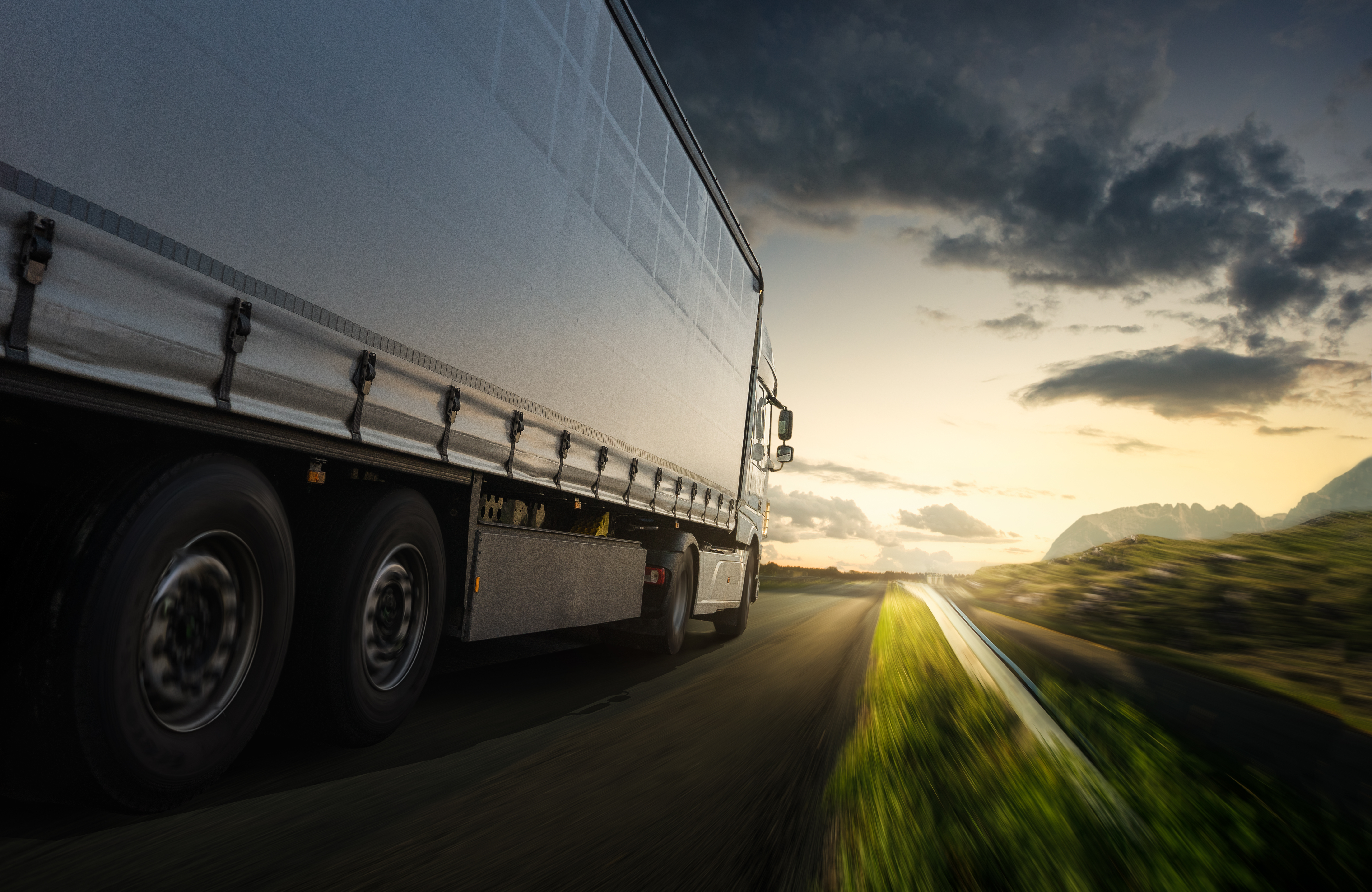
Miranda Blake
Директива про робочий час водіїв: Посібник для водіїв вантажівок
Створено: 25.10.2024
•
Оновлено: 29.10.2024
Як водій вантажівки у Великобританії, дуже важливо мати чітке уявлення про складні правила, що стосуються робочого часу та періодів відпочинку водіїв. Директива про робочий час водіїв (WTD), також відома як Директива про автомобільний транспорт, - це набір правил, які регулюють максимальну тривалість робочого дня водія, обов'язкові перерви, яких він повинен дотримуватися, та періоди відпочинку, яких він повинен дотримуватися. Недотримання цих правил може призвести до великих штрафів і навіть до конфіскації транспортного засобу.
Розуміння Директиви про робочий час водіїв
Директива про робочий час водіїв - це законодавчий акт Європейського Союзу, спрямований на забезпечення безпеки всіх учасників дорожнього руху шляхом запобігання аваріям, пов'язаним із втомою. [Правила робочого часу водіїв] (https://snapacc.com/newsroom/discover-the-new-drivers-hours-rules/) застосовуються до тих, хто керує транспортними засобами вагою понад 3,5 тонни, незалежно від того, чи працює ця особа у Великобританії, чи в інших країнах ЄС.
Щоденний ліміт водіння
Відповідно до ВДТ, водії вантажівок у Великій Британії мають щоденний ліміт водіння в 9 годин, який може бути збільшений до 10 годин максимум двічі на тиждень. Після 4,5 годин безперервного або переривчастого водіння водії повинні робити перерву щонайменше на 45 хвилин. В якості альтернативи вони можуть вибрати розділену перерву, коли перша перерва становить щонайменше 15 хвилин, за якою слідує друга перерва тривалістю щонайменше 30 хвилин.
Тижневі та двотижневі обмеження на водіння
Для водіїв вантажівок у Великобританії існує тижневий ліміт водіння, який становить 56 годин, а двотижневий - 90 годин. Це означає, що якщо водій відпрацював 56 годин за тиждень, то наступного тижня він може працювати лише 34 години, щоб не перевищити 90-годинний двотижневий ліміт.
Обмеження робочого часу
На додаток до обмежень часу водіння, WTD також встановлює обмеження на загальну кількість годин, які водій може відпрацювати на тиждень. Середньотижневий робочий час, включаючи як водіння, так і не пов'язані з водінням завдання, не повинен перевищувати 48 годин, розрахований за 17-тижневий або 26-тижневий обліковий період. Максимальний робочий час протягом одного тижня становить 60 годин, за умови, що середня тривалість робочого часу не перевищує 48 годин.
Періоди відпочинку
ВДТ вимагає від [водіїв вантажних автомобілів] (https://snapacc.com/newsroom/how-to-become-an-hgv-driver/) щоденного відпочинку тривалістю щонайменше 11 годин поспіль, який може бути розділений на 2 періоди, перший з яких має тривати щонайменше 3 години. Водії також можуть обрати скорочений щоденний період відпочинку тривалістю 9 годин, але це можна робити не більше трьох разів на тиждень. Крім того, обов'язковим є щотижневий період відпочинку тривалістю не менше 45 годин, хоча він може бути скорочений до 24 годин один раз на 2 тижні.

Винятки
Хоча WTD поширюється на більшість водіїв вантажівок у Великобританії, існують певні винятки, які можуть застосовуватися за певних обставин. Наприклад, ті, хто не їздить за кермом більше 10 разів протягом 26 тижнів або 15 разів протягом періоду, що перевищує 26 тижнів, можуть не зобов'язані контролювати свій робочий час.
Наслідки недотримання вимог
Недотримання ВТД може мати серйозні наслідки як для водіїв, так і для [операторів автопарку] (https://snapacc.com/fleet-operators/). Водії, які порушують правила, можуть бути оштрафовані на суму до 1 500 фунтів стерлінгів, а якщо вони порушують правила більше 5 разів протягом 28 днів, їх можуть притягнути до суду і вилучити транспортний засіб.
Для операторів транспортних засобів основним обов'язком є забезпечення дотримання вимог по всьому автопарку. Невжиття достатніх заходів для моніторингу та забезпечення дотримання ВТД може призвести до того, що DVSA видасть повідомлення про необхідність поліпшення, а в екстремальних випадках - вимогу припинити експлуатацію до вирішення проблем.
Важливість інтегрованих з тахографами рішень для управління автопарком
Щоб ефективно управляти робочим часом водіїв і забезпечити дотримання вимог ВДР, операторам автопарків варто розглянути можливість інвестування в інтегровані з тахографами рішення для управління автопарком. Ці спеціально розроблені технології дозволяють ефективно контролювати поведінку водіїв і автоматично реєструвати дані про водіння і робочий час, що практично унеможливлює непомітні порушення.
Співпрацюючи з таким надійним постачальником, як [SNAP] (https://snapacc.com/), оператори автопарків можуть використовувати найсучасніші інструменти управління автопарком і отримати доступ до всеосяжної мережі сервісних партнерів, гарантуючи, що їхні водії отримають підтримку, необхідну для дотримання вимог законодавства та безпеки на дорозі.
Вплив нестачі водіїв
Також слід враховувати [нестачу водіїв] (https://snapacc.com/newsroom/hgv-drivers-challenge-the-term-driver-shortage/) у Великій Британії. Це виявляється великою проблемою в галузі. У галузі спостерігається зменшення кількості водіїв вантажівок - пандемія затримала 30 000 тестів для нових водіїв, а Brexit сильно вдарив по автопарках - багато європейських водіїв вантажівок покинули Велику Британію.
У звіті SNAP за 2023 рік йдеться про те, що сектор може досягти "переломного моменту" в найближчі 10-15 років. Це може довести, що Директива про робочий час водіїв - це саме те, що потрібно галузі, щоб зробити професію знову бажаною і забезпечити кращий баланс для водіїв. Дізнайтеся більше про те, що можна зробити для вирішення проблеми нестачі водіїв, прочитавши звіт (https://snapacc.com/tipping-point/).



